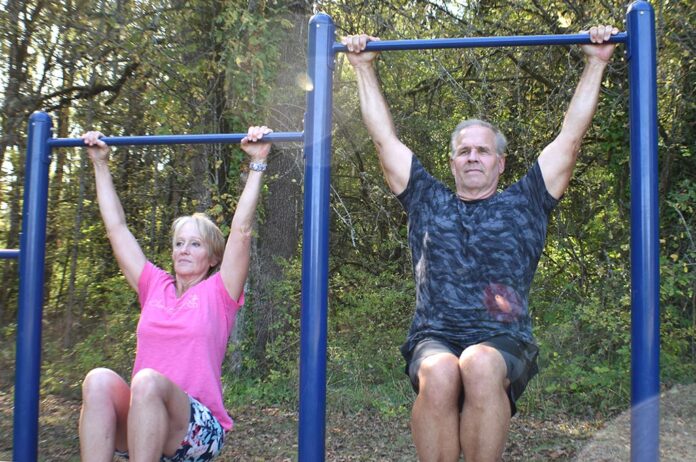Literally every business sector, including indoor public and private recreational facilities and gyms have been required to socially distance and take protective actions against the virus. The pandemic has forever changed the way we live, work and play. The obvious marketplace impacts include empty office space deserts and small business closures. Like those business sectors, city Parks and Recreation (P&R) leaders will need to change their operations and services models if they hope to survive budget cuts. Before covid19, “recreation without walls” was growing in popularity. It will soon become a P&R’s department planning standard.
“Recreation without walls” is a term I first heard while attending a NRPA (National Recreation Parks Association) conference in 2016. I knew at that time, recreation leaders were looking to cut fixed facility costs and/or not invest in new facilities. Instead many expanded recreation activities outdoors within public parks, on school lands and other greenspace paid for by taxpayers.
Like the increase of tele-commuters working from home – consumer habits and behaviors show a strong preference towards recreational activities outdoors. City recreation providers are now making more use of publically owned lands to fill this demand. By adding more outdoor classes and activities under a picnic shelter, in a field, or temporary structure… expanding recreational opportunities for everyone is now possible and without the high costs associated with tax paid facilities.
“Habits and behaviors are predictable and hard-to-change, once they change” [MirrorAthlete]. For instance, if you had a habit of exercising daily and now you can’t, how does this change your behavior? How many of you invested in home exercise equipment and cancelled your gym membership. Or now walk the trail systems to get your aerobic exercise, or use an outdoor fitness center. Do you think city planners are second guessing the need to build more office and indoor recreation space?
There are 4 main reasons recreation without walls will continue growing in popularity and demand:
- Tax paid, like private use facilities equipment and operational cost increases
- Fear of future virus strains and culture shock motivates long-term lifestyle change
- Public use outdoor recreation opportunities create economic, social and political multipliers that produce jobs, serve more underserved people and reduce taxpayer burden, etc.
- “When markets shift dramatically, it takes another dramatic shift to reverse course.” [MirrorAthlete]
Because of COVID-19, a new way of thinking about public-private partnerships and expanding city recreation opportunities outdoors can be envisioned and implemented. This concept has been benefiting and creating equitable recreation opportunities for the underserved communities throughout the nation for years… It will only increase in demand and popularity as more people learn about it.























